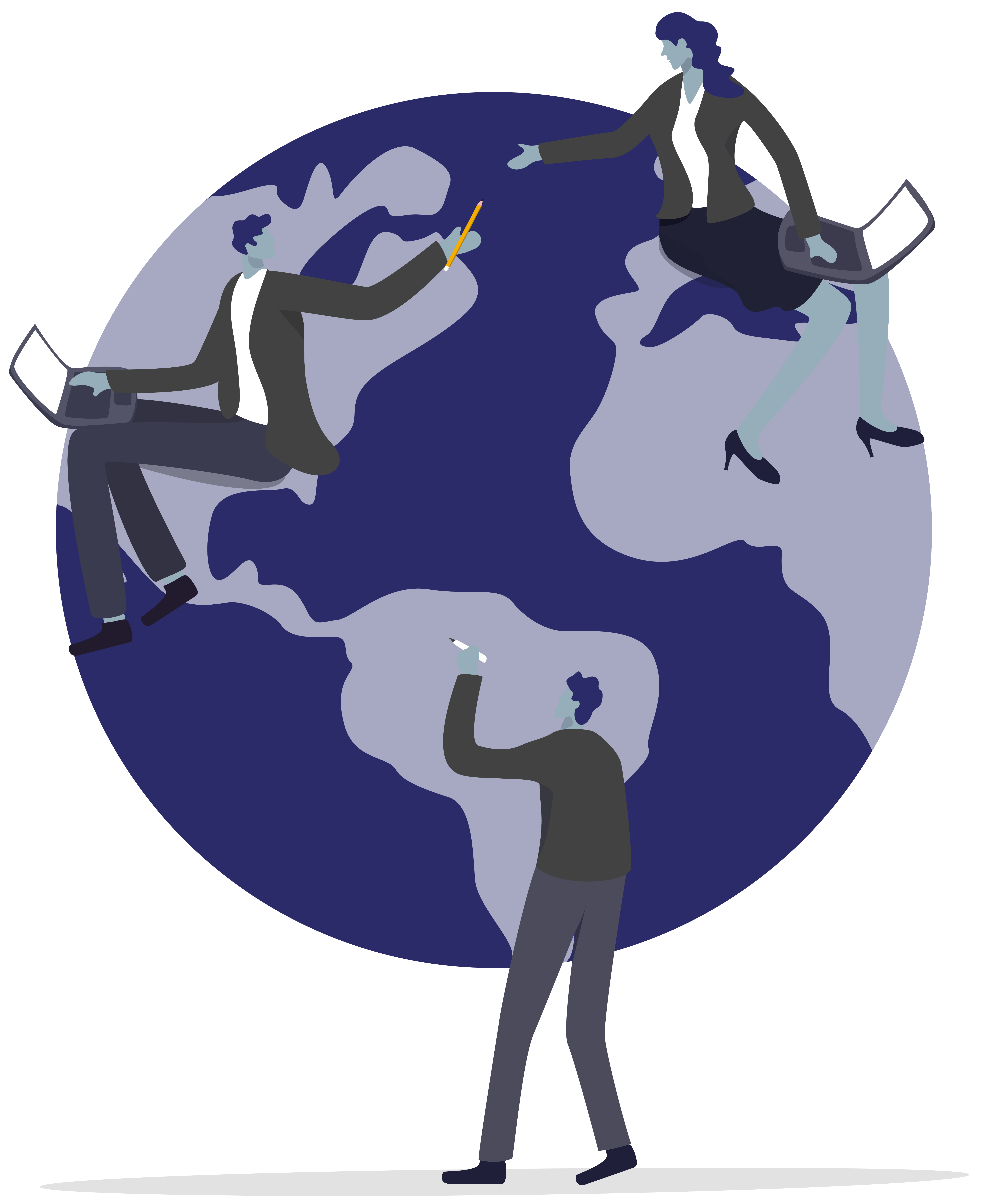Insurance leaders are continuing to evolve their styles and strategies to accommodate shifting business and employee needs. While this may look different depending on individual teams, departments and organizations, the need for engaged and productive employees is universal.
In a recent episode of The Insurance Talent Podcast, Greg Jacobson, co-CEO of The Jacobson Group, sat down with three industry leaders to discuss how they are effectively adapting to today’s business environment. Stan Galanksi, founder of G58 Capital, board chair of ProSight Specialty, and board member of Aviva’s Canadian business; Maroun Mourad, president of global underwriting at Verisk; and Gerardo Monroy, senior vice president of Aflac U.S. Innovation Strategy and Execution, shared their insights on how leaders can successfully move forward in the virtual environment.
Here are a few highlights from these three conversations:
 Remote work is here to stay.
Remote work is here to stay.
The unanimous outlook for long-term remote work is that it’s not going anywhere. “I don’t think there’s any question about that,” said Galanski. “It’s on the mind of every executive team and every board of directors in the insurance industry.”
Our guests expect hybrid environments to become the long-term norm moving forward. “In the new world, I do expect that we would have a hybrid environment, where folks work out of the office half the time or a third of the time and then for the rest of the time come in to do the important human-to-human connection work, especially around innovation, people management and leadership,” shared Mourad.
Monroy offered a similar sentiment, “I would venture to say over half of organizations will work remotely going forward. That’s the future. I predict that people will move into a hybrid model where there are some associates who work 100% from home, …a handful who are 100% back in the office and the bulk will be hybrid, meaning they are in the office some days and at home other days.”
It was also noted how quickly the industry was able to pivot to a fully remote environment nearly overnight. “I’m optimistic. There are certainly benefits from the lessons learned over the past couple of years. If someone had told us in March 2019 that come March 2020 we’re going to go remote 100% of the time, it would have taken us 12 months to figure it out,” said Mourad, regarding the industry as a whole. “…We somehow managed.”
 Productivity measures may need to adapt.
Productivity measures may need to adapt.
In the discussions, Jacobson brought up that some executives fear a loss of productivity in a remote environment. There was an initial spike in productivity at the onset of the pandemic; however, there’s potential for it to wane in the long-term. “We haven’t seen any signs of this slowing down,” said Mourad. He continued, “There is a concern that people will develop fatigue in the long-term – we’re not machines after all, thankfully – and that innovation and productivity will take a hit. People could get burned out, which is not good from a humane level or a health level, as well as from a productivity perspective…It’s a balancing act.”
“The questions is, are you as productive in the remote environment and is the traditional way of judging the number of hours one puts into a job even relevant anymore?” posed Galanski. He emphasized the need for a results- and performance-oriented scorecard, as it will be a challenge to measure productivity in the remote environment. “If you say, ‘we’re a results-driven organization,’ and you live that, it’s a lot easier to support a remote work environment because the numbers tell the story if you build a management information [infrastructure] that truly captures the value-add created.”
Connections are vital.
Even in hybrid and remote work environments, there’s a critical component of connecting face-to-face when necessary. “If you completely take out the human-to-human interaction in the insurance world, I think we’ll be lacking in many areas,” said Mourad, noting the areas primarily impacted will be innovation, retention and the establishment of trust. He emphasized the importance of flexibility and meeting business needs, while also accommodating the comfort level of employees and customers.

Monroy shared insight into how he’s tailored his management style to the virtual world. “I have been most effective when I’ve been able to have a lot of interaction with my teams: walking around, meeting with people in their cubicles, at their desks and in their offices. That is something I personally miss, and we have been able to adjust to not having everyone in the office. You have to adapt. At the beginning it was tougher, but we have been at this for a year and a half and we’re getting better and better,” he said.
Monroy uses a variety of communication methods to build connections with his teams and the larger organization, frequently sharing how the company is doing, recognizing milestones and accomplishments, and welcoming new team members. He also feels periodic face-to-face events can go far in building strong working relationships. Commenting on a recent in-person session, he shared, “The quality of the conversation, the depth of how we engage with one another was just fantastic. And it carried forward.”
In addition to strengthening internal relationships, it’s also important to continue building connections with customers and partners. Referencing the property and casualty space, Galanski stated it’s common for the best ideas to come from places other than the boardroom. “They come from the customers and they come from listening and engaging with the buyers,” he said. One thing that has suffered is the ability to spend time with those customers in face-to-face environments that foster innovation, yet these interactions are critical. This is “when you get to ask the really relevant questions: What’s keeping you up at night? What is giving you a headache? What are the biggest problems you face in your business? Those are the kinds of discussions that I think really lead to creativity and innovation in our industry.”
Listen to the podcast for the full conversations and more insights on what these leaders are seeing in their organizations and the greater industry. To receive new episodes of The Insurance Talent Podcast as they become available, follow or subscribe on Apple Podcasts, Google Podcasts, Spotify or Stitcher.
